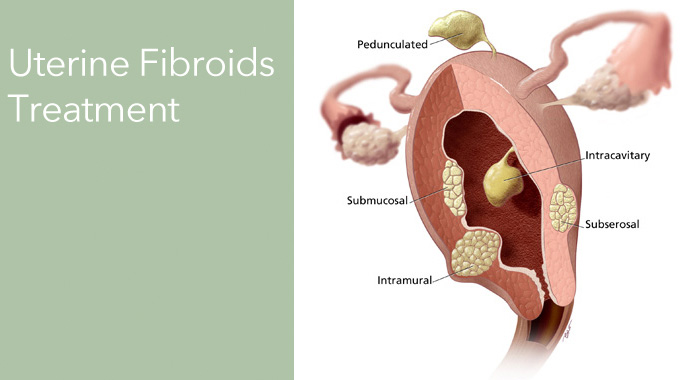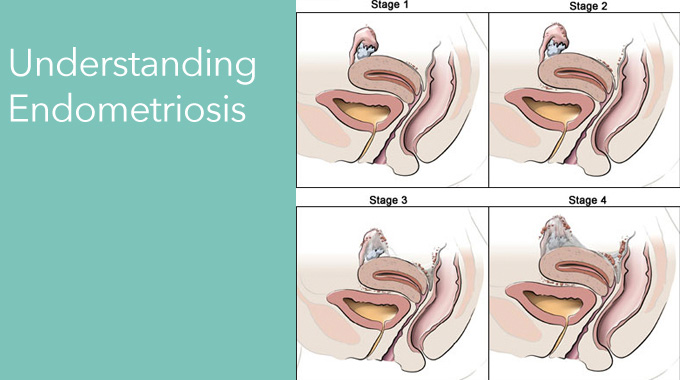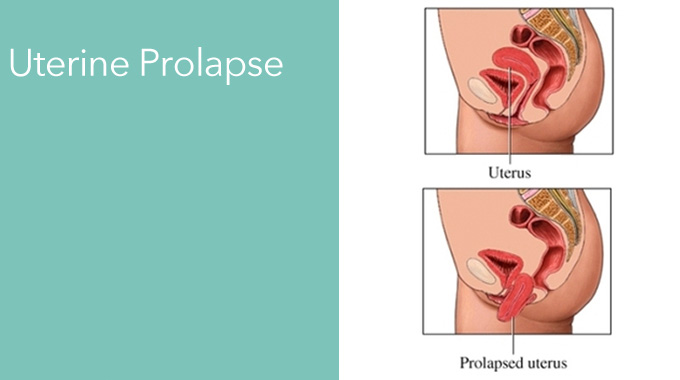
Pelvic Prolapse Surgery
The Condition Pelvic prolapse is a condition that occurs when muscles and ligaments supporting your pelvic organs weaken. As a result, these organs (uterus, vagina, cervix, bladder, urethra, or rectum) slip from their normal position.






